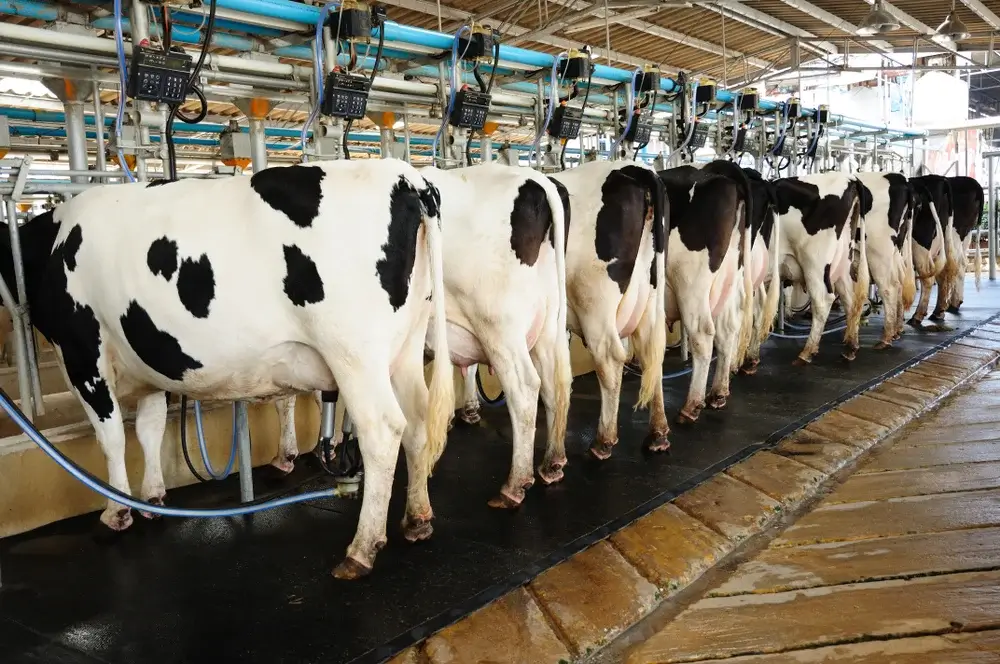
The American barbecue brisket that popped up on the menu at NYC bistro ACRU was a bit different than what one would typically expect from a Greenwich Village restaurant. The meat came from a dairy cow.
“It’s a premium product,” says executive chef and partner Daniel Garwood. “The cow has gone through its whole life. There’s a lot of natural marbling. It has an interesting flavor and texture.”
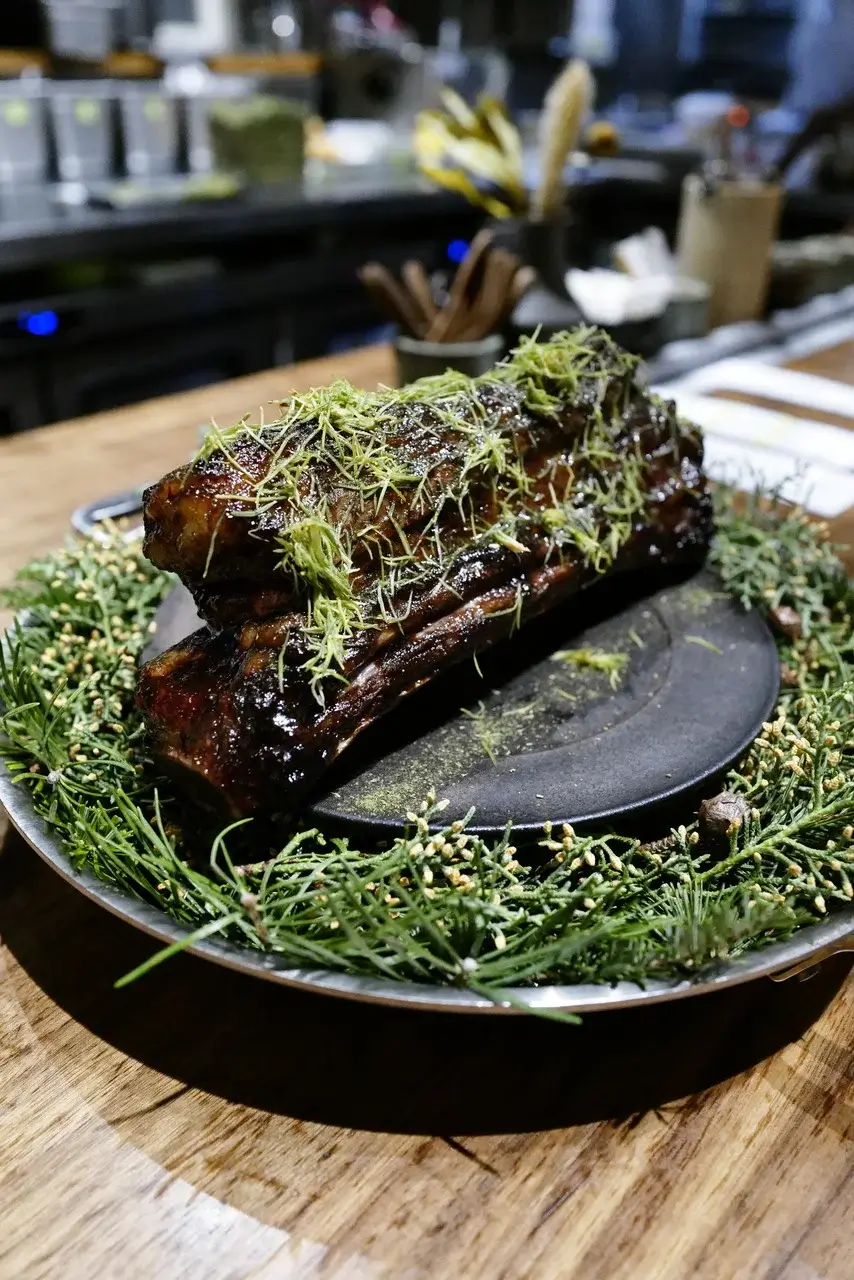

Since opening the restaurant in October of 2024, Garwood, who hails from Australia and spent time cooking in Sweden, has served ribeye, strip loin, tenderloin, brisket, and even mince pie, all from dairy cow beef.
In the U.S., dairy cows are almost exclusively raised for dairy production. The exception is male calves, sold to the beef industry and raised for veal or beef. Once a dairy cow’s milk productivity declines, the cows are slaughtered with their meat, which is often considered of a lower quality and makes its way into dog and cat food and fast food burgers. In other parts of the world, though, such as in Sweden, where Garwood worked, meat from dairy herds is prized.
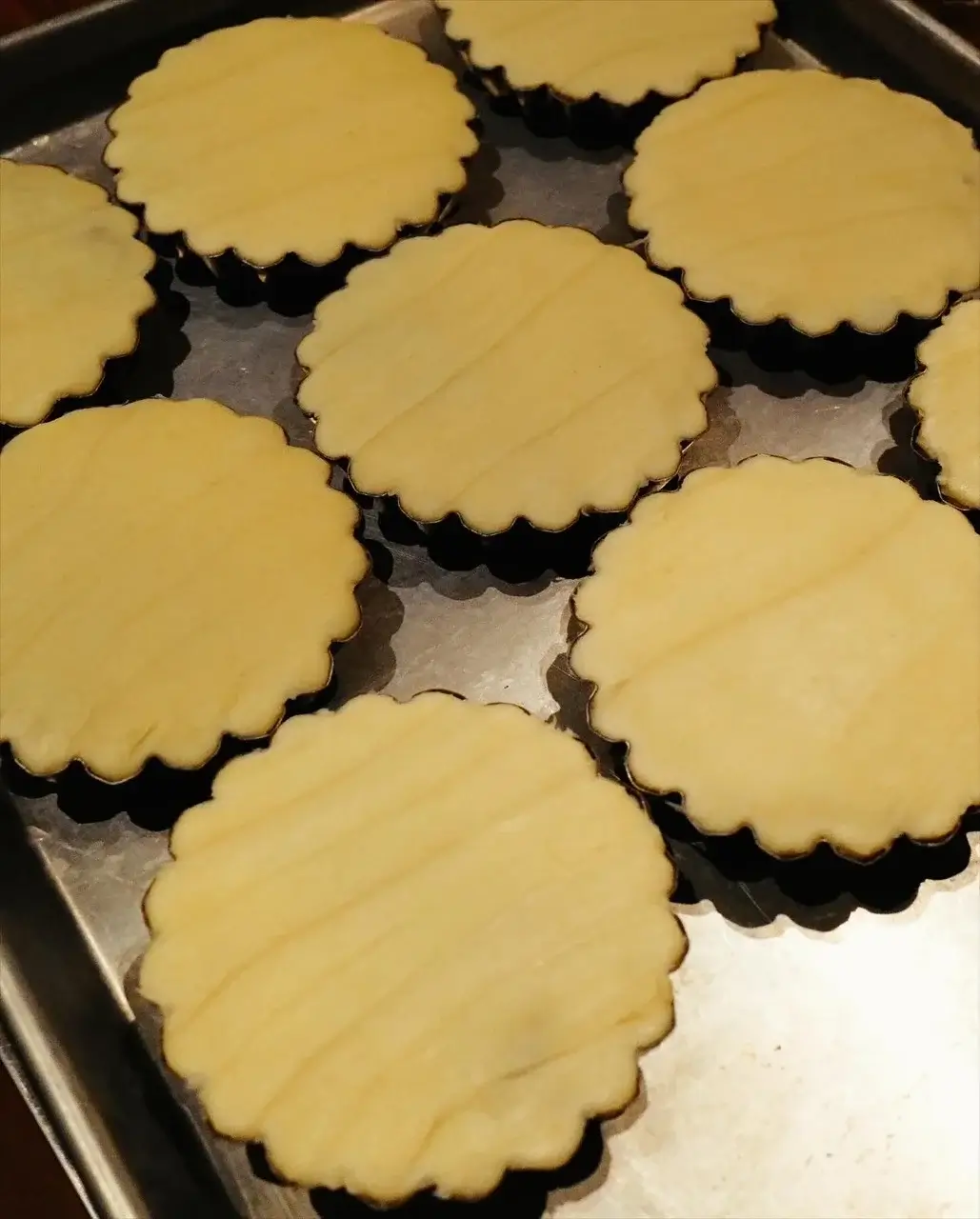

Now, a growing number of U.S. restaurants, including ACRU, Blue Hill at Stone Barns, and Gwen Restaurant in Los Angeles, have been exploring whether dairy cow meat will appeal to consumers interested in sustainability.
“Meat from grass fed dairy cows is considered to have a lower carbon footprint than meat from traditional beef herds in part because its footprint is spread across the years of protein rich, delicious milk the animals produce in their lifetime,” says Dan Barber of Blue Hill at Stone Barns.
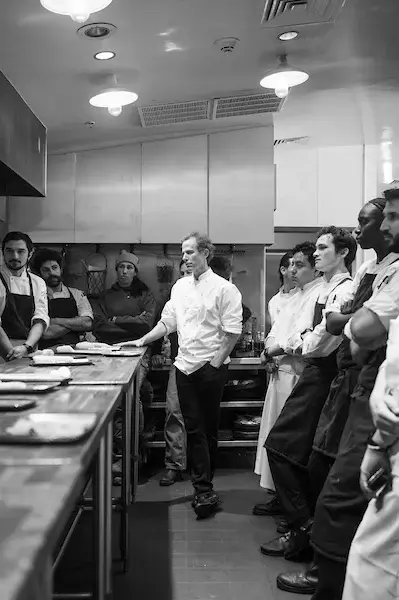

There’s an idea that beef from a dairy herd is a more sustainable option, because you are getting more food for the resources used. Instead of simply just getting milk or beef from the land, water, feed, put into the cow you’re getting both.
READ MORE
Cows have a methane problem. Dairy farmers are hoping new innovations can help.
Sustainability was a big draw for The Oberon Group, which owns restaurants and food markets in the Catskills and New York City. They introduced dairy beef in 2017, and while customers supported the sustainability efforts, there were concerns around texture.
“The customer pushback on the toughness was significant,” says Henry Rich, managing partner.
As dairy cows are older when they are slaughtered compared to beef cattle, which usually are culled at six to seven months for veal, or two years for beef, the meat is generally considered tougher.
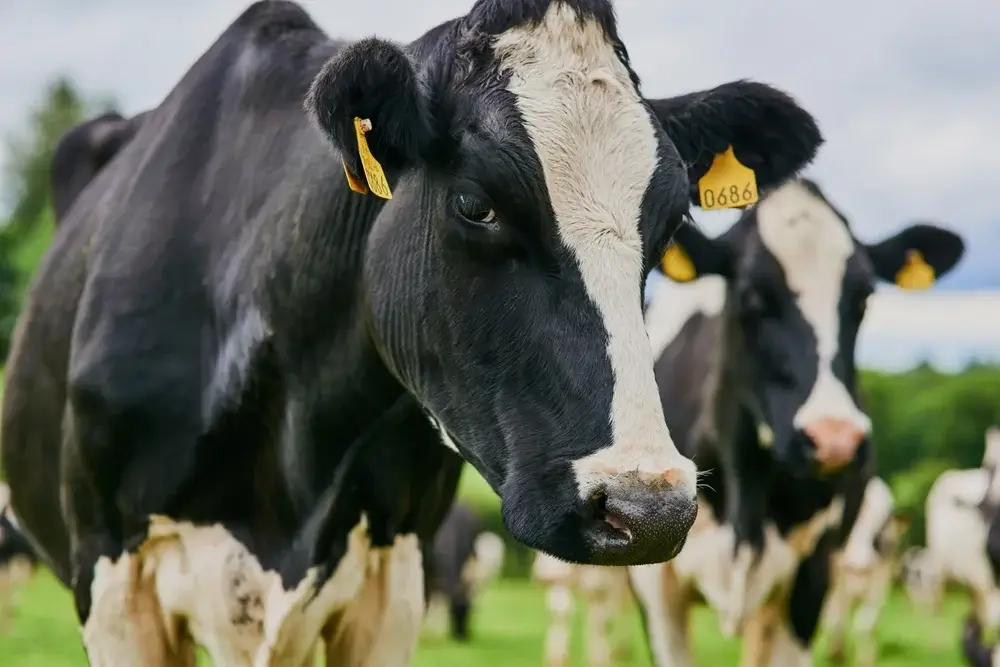

“They generally don’t have a lot of intramuscular fat or marbling that gives beef the flavoring that is associated with it. And all of those things usually reduce consumer acceptance. I would guess restaurants are using some pretty unique cooking methods in order to overcome that,” says Tara Felix, an associate professor in the Department of Animal Science at the University of Pennsylvania.
The Oberon Group is focused on sustainable, environmental restaurants with a goal of carbon-neutrality and zero-waste. As he explains it, they started serving dairy beef in a meat-centric restaurant, Metta, because, at the time, they believed that because the carbon emissions of the cow were already caused by dairy, using the cows for meat would have a lower carbon footprint that cows that were just used for meat. The calculation soon felt a bit off to Rich.
“The claim that they had lower overall carbon footprints is because you’re ignoring the first however many years of life because they’d be here anywhere. That accounting started to feel a little fuzzy for me,” Rich says.
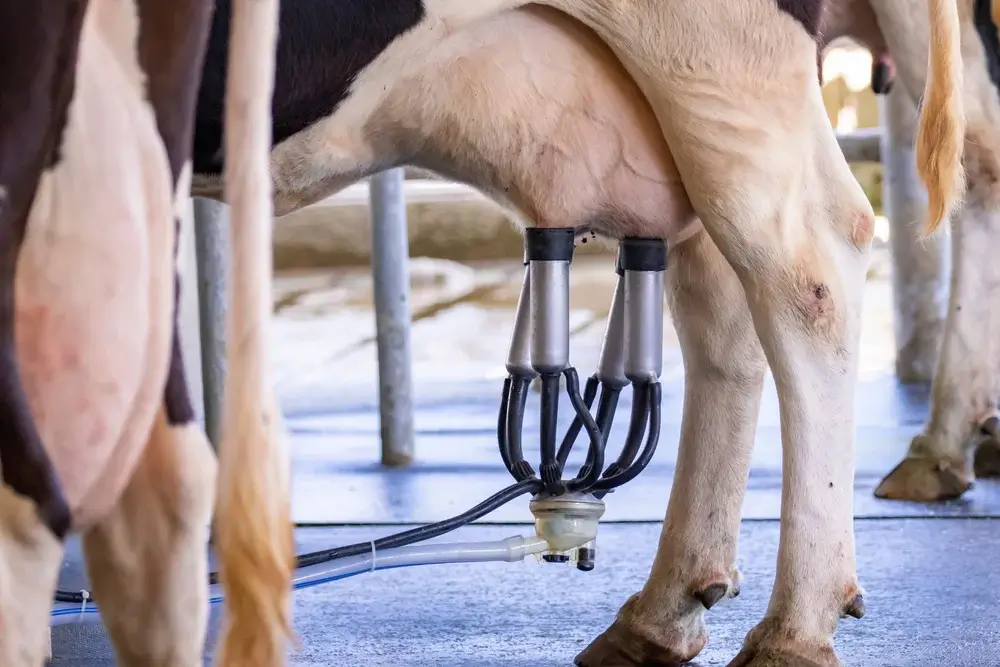

There is research that seems to agree that dairy beef has a lower carbon footprint than conventional beef. An analysis from Our World in Data, found that per 100 grams of protein beef from a beef herd had 49.89 grams of greenhouse gasses, whereas beef from a dairy herd was 16.87 grams.
“The challenge is that sustainability means something different to everyone. Is it reduced methane emissions? Is it reduced feed inputs? Is it reduced time on feed?” says Felix who added that it’s a question a number of people are currently researching in regards to the offspring from dairy farms which do already often make their way into beef herd programs.
Between the customer response and the lack of clarity over sustainability, The Oberon Group ended up phasing out the dairy beef program after about two years.
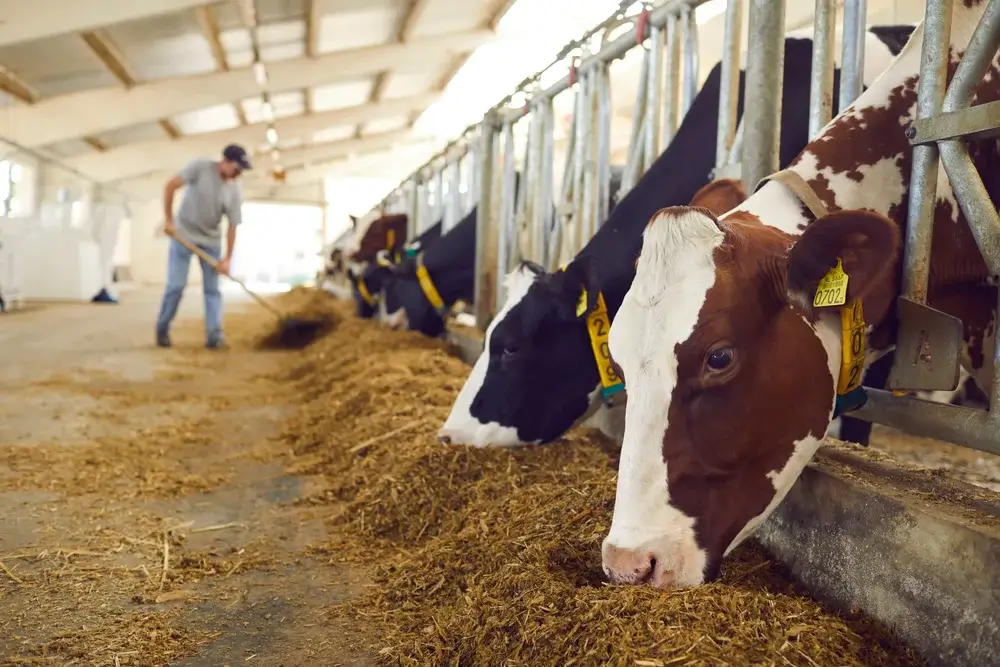

However, the company started and stopped its dairy beef program before the coronavirus pandemic upended life as we knew it. Chefs life Garwood and Barber that have started their dairy beef programs within the last year or so have done so at a time when there is perhaps more awareness of the interconnectedness of food systems, and climate-related disasters such as the wildfires in Maui or more recently in L.A., have pushed more people to think about the impacts of global warming. Garwood and Barber have so far received vastly different responses to their program.
“The response has been overwhelmingly positive. Grass-fed beef and meat from dairy cows has the reputation of being tough, but some of our guests have told us it’s the best steak they’ve ever had,” says Chef Dan Barber of Blue Hill at Stone Barns.
Blue Hill started using dairy beef in 2023, but Barber credits the cows on his family’s dairy in the Berkshires for making him want to experiment with dairy beef.
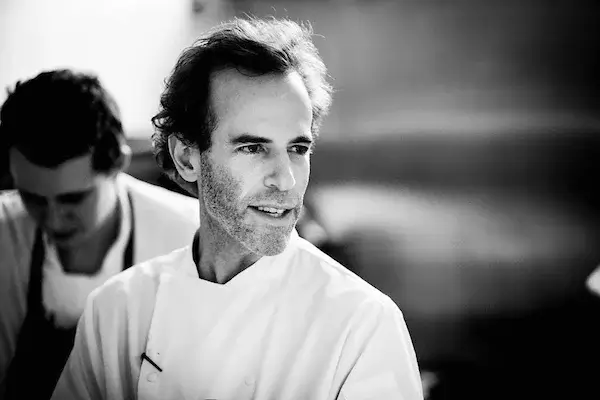

“Blue Hill Farm, my family’s dairy farm in the Berkshires, had an older dairy cow ready for culling at least once or twice a year. I bet it was my proximity to these exceptional ladies—spending years, in some cases seven or eight or more years, getting to know them well—that made their inevitable fate of becoming dog food feel disrespectful,” says Barber.
Barber and Garwood haven’t yet faced any significant negative customer response. At Blue Hill at Stone Barns, dairy cows forage on grass and hay before being slaughtered.
“The meat from grass-fed dairy cows has this incredible, idiosyncratic flavor,” says Barber. “But more than that, the idea is to showcase how delicious this often-overlooked meat can be and create a market for it.”
U.S. dairy farmers typically get only about 60 cents per pound for meat from retired dairy cows as dog food and fast food hamburgers. If they could get closer to $6 a pound or more for their animals, Barber says it could help boost revenue for dairy farmers.
LEARN MORE
Cow tipping: real or fake?
Felix agrees that it could be economically appealing for dairy farmers but believes that its success would depend on the size of the dairy farm and whether or not the restaurant could take all of the animals the dairy produces.
“There are 86 million head of cattle in the United States, and each year we kill 26 to 28 million. If we’re talking about even eight or 10 restaurants using two to three cows a week, this is a very, very small market,” Felix says. “Not to discount it, because it would be great if a farmer could develop a relationship like that, but it’s probably never going to be our primary marketplace.”
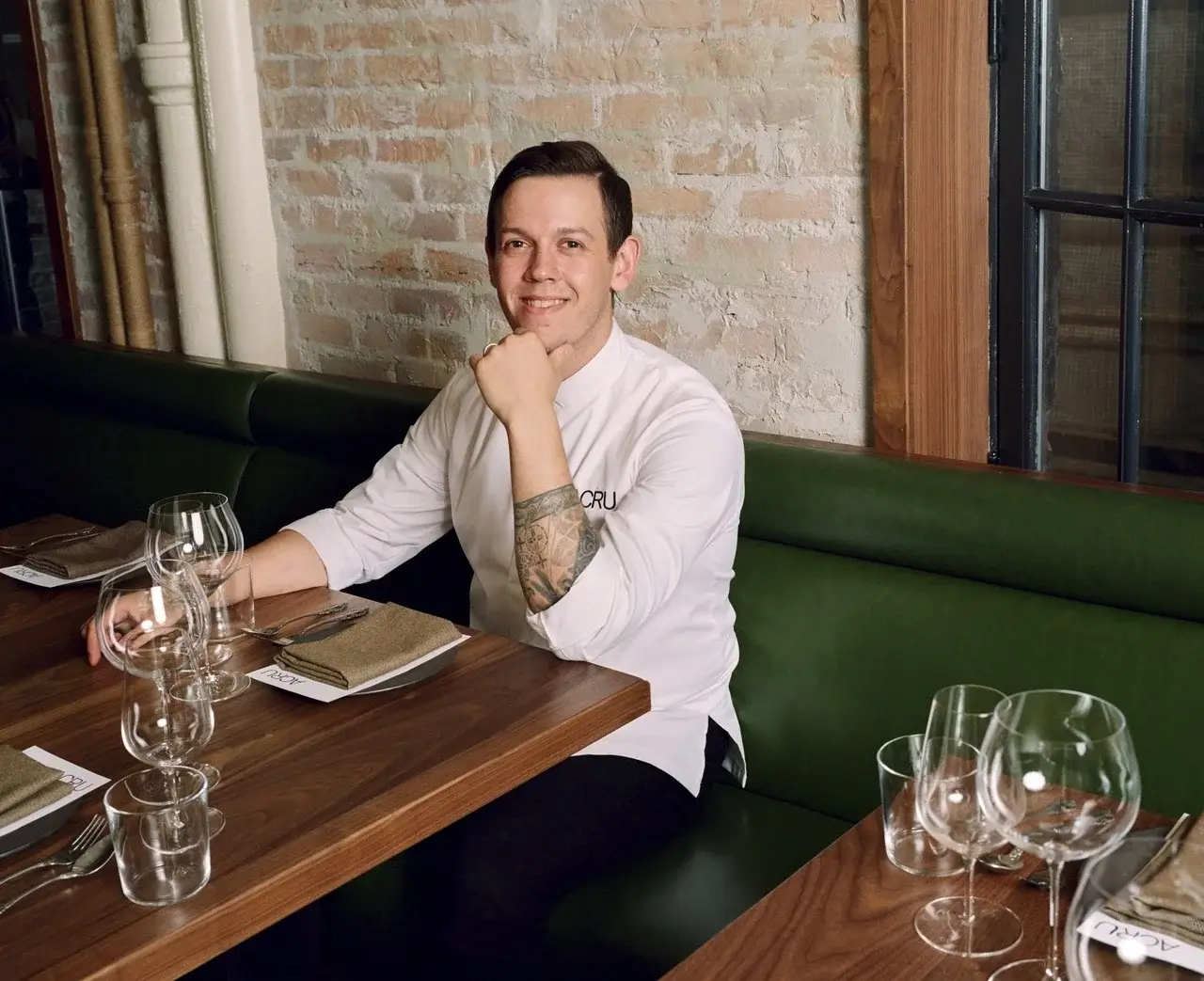

That isn’t a deterrent for Garwood. Initially, he had trouble sourcing the dairy beef. “We had to buy the entire cow,” says Garwood, who is sourcing from Ends Meat in Brooklyn, which gets dairy cows from farms in upstate New York, adding that he’s had other restaurants express interest in getting primal cuts but not being able to handle the entire cow.
“We really want to pursue it,” Garwood says. “We’ll focus on whole dairy cow dinners in the coming months.”





